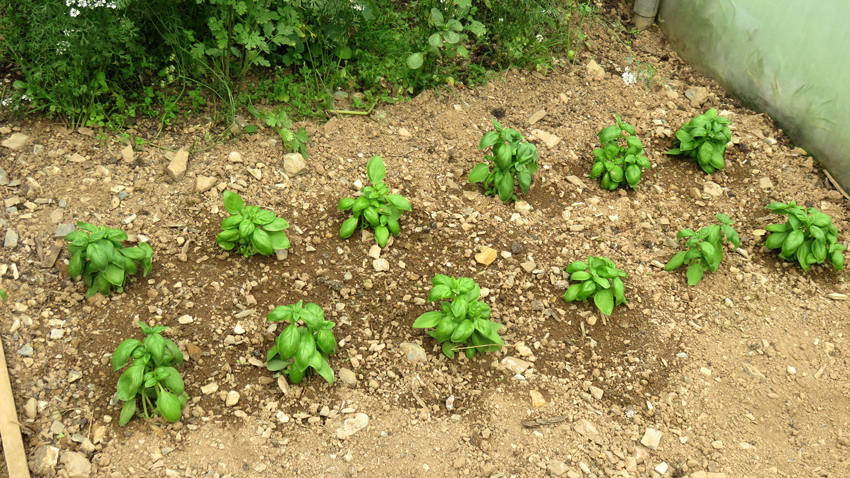The soil is surprisingly dry for May, as we’ve had very little rainfall this spring. With that in mind, we take a little look at when (and how often) to water your plants.
There is, as ever, a range of different opinions on watering plants. Some say to water in the morning, others say you should water in the evening. Some say to water every day, others say to water deeply every other day. We say, there’s no real right or wrong. What IS important is that your plants have enough water to thrive, and as long as you are supplying that water where needed then it doesn’t hugely matter what time of day you water or how often. There are things to consider though:
- When you first plant your veg, they will need more water than normal to help them get enough water and nutrients until they put down their roots.
- Watering early in the mornings when it’s still cool will let the water soak into the soil to feed the roots but also will allow time for the soil surface to dry off again in the evening, which will help if your plot has a lot of slugs and snails.
- Watering in the evenings is great as the water is retained in the soil without evaporating off, but it does provide a nice level of moisture for slug activity too!
- Water at midday if you have to. The arguments against watering in the middle of the day are that a) water evaporates off quickly and b) it causes plant scorching. We say that yes, water evaporates off quickly, but sometimes it is necessary. As for plant scorching, there is a school of thought that it’s a bit of a myth, and we’re beginning to agree with this. The symptoms of “scorching” can actually be seen as the plant robbing water from its own leaves in order to save itself. We don’t have the evidence, but this makes sense.
- Always aim for soil that is moist but not waterlogged (open a bag of compost and this is the kind of moisture level that most plants love). Waterlogged soil actually makes it hard for plants to draw up the water and nutrients that they need as it changes the soil structure.
- Check moisture levels below the surface. Last summer, the soil could appear moist on the surface, but a couple of cm below it was totally dry. Prod a finger into the soil, or loosen it with a trowel to check.
- How often? As often as you need… if the soil is too dry (see point 6!) then you’ll need to water. This might sometimes be every day (especially if plants are newly planted), or it might sometimes be every 7 days (when plants are mature).
- Keep water levels consistent – you need to avoid plants being stressed out by drought and flood! Keeping things consistent will massively help to prevent conditions like blossom end rot, splitting, fungal disease and so on.

